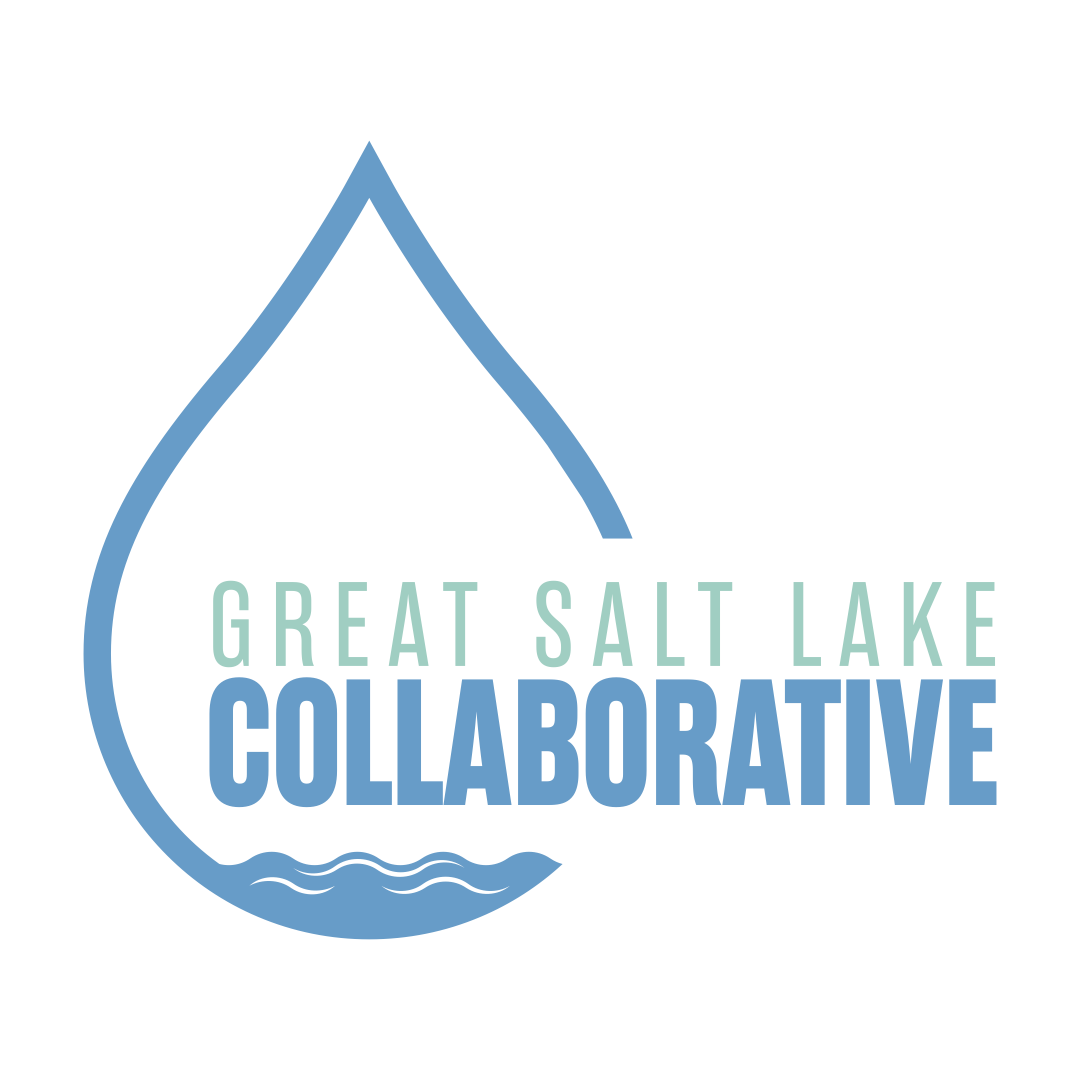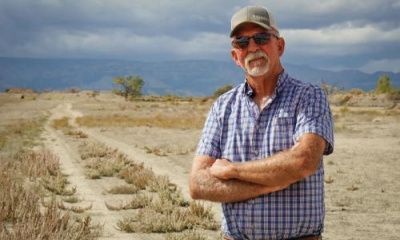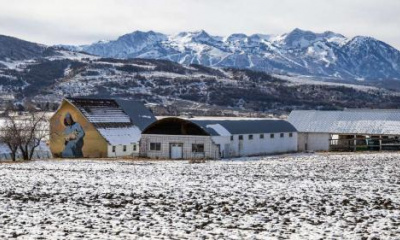The Slow the Flow advertising campaign has helped Utahns save 9 billion gallons of water through billboards and social media posts. Now, the people behind it are seeking to “supersize” it and other water education programs to help make Utahns more informed water stewards.
Candice Hasenyager recently requested $955,000 from the Legislature as director of the Utah Division of Water Resources for Slow the Flow and curriculum development. She said Utahns responded when the campaign emphasized the state’s extreme drought.
“In 2021, we really pivoted to the message of extreme drought, to ‘water less’ and had some really specific direct actions for people to follow,” she told the Great Salt Lake Collaborative. “It really made a difference... just through people voluntarily recognizing there’s a problem and reducing how much water they use.”
Now, she wants to bring the message back to Utah schools.
The $955,000 would fund:
- A partnership with Water Education for Teachers for the first time in Utah. WET is a global organization “dedicated to solving critical environmental challenges by teaching the world about water,” according to their website.
- Increased water education in schools by providing new and updated materials.
- More community outreach.
- A boost for Slow the Flow, bringing its budget up to $878,000 a year from $250,000.
WET aims to create a “water literate” society that will allow communities to make informed decisions about water usage. According to their website, WET has educated 1,197 educators on the water and climate crisis in 2021, along with reaching 2.7 million students with their educational efforts.
Utah used to have water education programs in fourth grade through the Slow the Flow campaign. However, according to Hasenyager, this program was cut by $110,000 in 2021 due to COVID-19. The request for more funds would not only bring the program back to what it was before, but expand it.
“As we have moved from more of an agricultural based society to more of an urban society, a lot of us have lost our connection with water,” Hasenyager said. “It’s really about trying to connect people with their water, and how precious of a resource it is and how important it is to use it wisely.”
The Natural Resources, Agriculture and Environmental Quality Appropriations Subcommittee will prioritize funding requests Feb. 8 at 8 a.m.
Expanding the power of individual efforts
The Slow the Flow campaign up to this point has focused on making tips for water conservation accessible and understandable. These efforts have helped Utah save 9 billion gallons of water in the past year, a number collected through reports from major Utah water services to the Division of Natural Resources.
On the Slow the Flow website, one can find a myriad of specific actions to take during a drought, such as watering less, not watering if wind speeds are over 5mph, not watering between 10am and 6 pm, and ways to access rebates for smart irrigation controllers and low-flow toilets..
A limitation to the approach, said Hasenyager, is that it is a general message of conservation instead of being tailored to each community.
“As we’ve tried to run the statewide campaign, we know that individuals and cities and regional areas have their own kind of needs. That’s one thing that I know we are always trying to balance is the statewide message compared to local needs,” Hasenyager said.
Can such a large problem like overconsumption of water be solved by individuals? Hasenyager said she believes in the power of individual efforts.
“There’s about 3.2 million people in this state. So I think that we all have to do our part to really make a big difference,” she said. “Whether it’s in our homes, or businesses or in industrial or manufacturing settings, I think we have an opportunity right now to really change how we use water in the state. And we really need that moving forward to make us more drought resilient in the future.”
Additional educational efforts in Utah
These efforts are not limited to the state. Organizations and individuals from all over Utah have been working to educate Utahn’s about water conservation. They have seen how successful those efforts can be.
Friends of the Great Salt Lake has brought fourth graders from all over Utah to the Great Salt Lake through its “Lakeside Learning” program. The goal is to promote environmental literacy and help students develop knowledge, attitudes and skills that will help them make informed decisions about their relationship with the natural system around them.
“We think it’s a really important audience to reach – our future decision makers,” said Katie Newburn, Friends education and outreach director.
Since the beginning of their program, they have had over 30,000 fourth graders participate. She can see that education makes a difference.
“They are very aware of the status of the drought in Utah and the need to conserve and treat our water like the precious resource it is,” she said. “I hope that the biggest takeaway … is just a positive impression of the lake and this appreciation for it that’s also been missing for a very long time.”
Further south, Brigham Young University is studying how to revamp water cycle curriculum for fourth graders. The project was inspired by a realization that water cycle education was lacking an important element: human impact.
“We want people to think about their role in the water cycle and pay attention to a more grown up version of it,” said Sophie Hill, a post-doctoral fellow in BYU’s Plant and Wildlife Sciences department who manages this water outreach project.
BYU is sending the updated curriculum to Utah schools to help Utah students see what they can individually do to help maintain a strong ecosystem.
Chandler Rosenberg, creator of the Save our Great Salt Lake organization, explained just how important educational efforts are in this “long term fight.”
“We need to create a culture of long-term, sustained engagement for the Great Salt Lake,” she said. “We as a community should all be involved in these processes — activating people, translating issues, and showing up! We need a full scale cultural shift.”
Other proposed legislation related to conservation and education:
- $200 million to conserve water on farms
- $10 million for Air and Water Innovation grants for businesses.
- $9.9 million in grants for school districts and charter schools to reduce their energy and water consumption.
- $3 million to create Utah Water Ways, a water conservation nonprofit.
- $1 million for a “training and resources academy” for local governments to rely on during land planning in an effort to promote water conservation.
- $1 million to boost ability of cities to incorporate smart water planning into land use planning.
- $990,000 to increase training, capacity and incentives for water-wise landscape practitioners.
- $760,000 to coordinate water planning and conservation.
- $750,000 to boost water efficiency for industrial water users.
- $200,000 to plan for water-efficient landscaping at Capitol.







